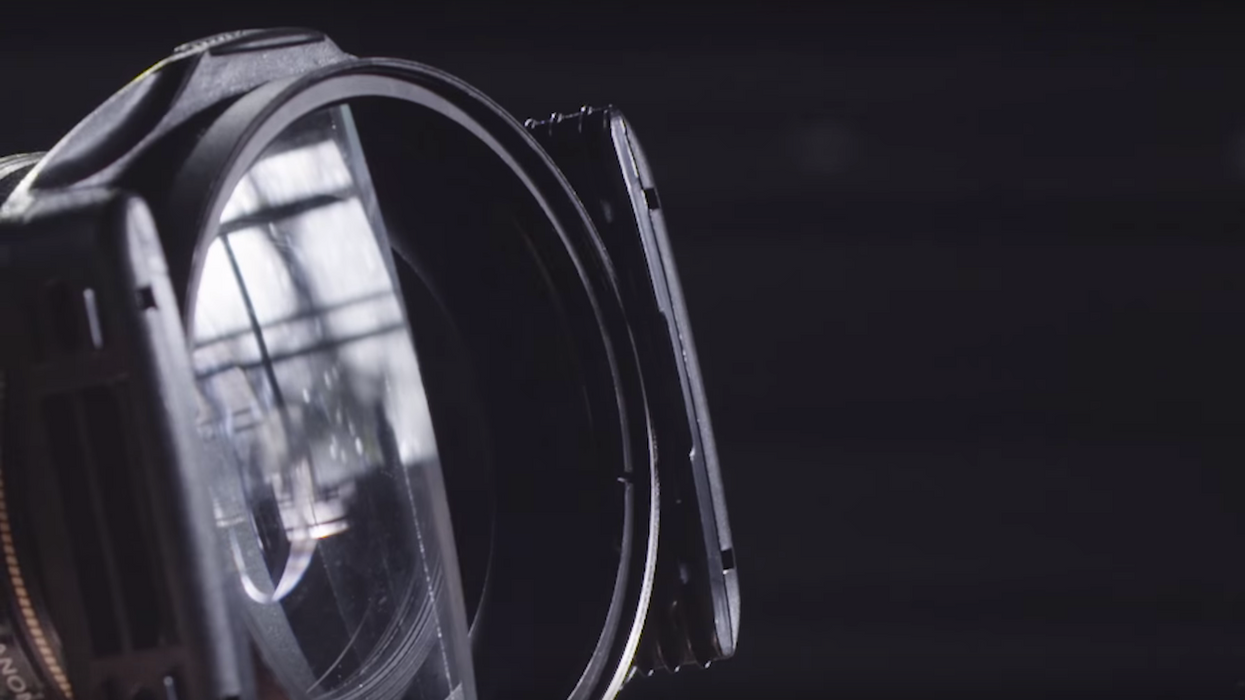A Quick Lesson on Working with Split-Focus Diopters to Achieve Deep Depth of Field
Achieving deep focus can give your images a very interesting look (just look at the work Orson Welles and Gregg Toland did in Citizen Kane) and one way to get it is by using a split-focus diopter.

Used in films like Jaws, All the President's Men, and most recently Queen of Earth and The Hateful Eight, split-focus diopters (or split-field diopters or split diopters) utilize a convex glass attachment that makes a camera lens nearsighted, giving the illusion of deep focus. And even though its use has become less common now that filmmaking has shifted toward digital, there are still plenty of benefits to using one in your films — and Joey Shanks of Shanks FX is here to show you how.
We've taken a look at the use of split diopters before, but in case you're unfamiliar with the effect they have on an image, here's a supercut Shanks mentions in his video's description that shows a bunch of classic, as well as modern uses in films.
There are a lot of factors that contribute to achieving deep focus, including the type of lens you use, aperture setting, the amount of light available, and the dynamic range of your camera. Really, split diopters are not necessarily essential to get everything within your shot in focus, partly because digital cameras have become powerful enough to shoot in low-light situations without degrading the image — so you can stop down to increase the depth of field, but not have to compensate as much (or at all) for the loss of light hitting the sensor.
Furthermore, there are other ways to capture shots like this, including capturing the shot in two takes and combining them in post. However, if you want to cut down on time on set and in post, and don't have a camera or lens that will allow you to get the deep focus that you want, a split diopter is a great way to get it. And you can get them cheap — sometimes.
Source: Shanks FX

 No Film School's coverage of
No Film School's coverage of 









